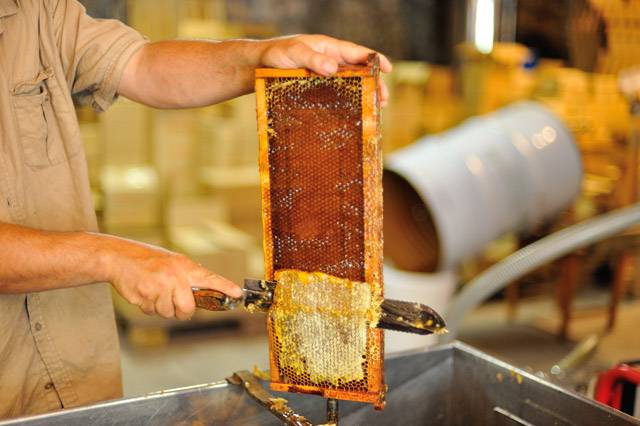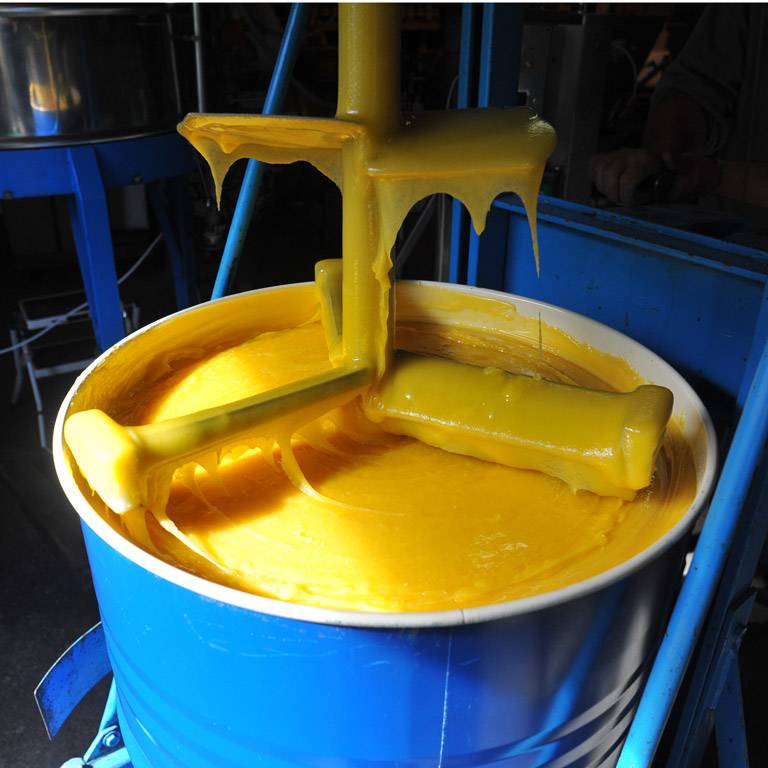Everything you need to know about Honey...

Honey is the sweet product that bees produce from two natural substances that they collect nectar and honeydew. Flower nectar that everyone is familiar with is a sweet substance secreted by the flower’s corolla.
Honeydew is a more complex substance, and requires the intervention of aphids between the plant and the honeybee. Aphids feed on the sap from trees and then deposit the honeydew.
Forest honey and Fir Tree Honeys are direct products of the team work between aphids and honeybees. Both of these are dark honeys that remain liquid for a long time.
Honey consists primarily of glucose and fructose (80%), two simple sugars; 18% water, numerous minerals, and some vitamins and enzymes.
The taste and appearance of honey varies depending on the flower of origin.
Liquid or solid honey ?
At the time that it is collected, honey is always liquid. After extraction, the speed of crystallisation depends on the flower of origin, the water content, and the temperature at which it is stored. Some honeys such as rapeseed (canola) and Sunflower Honey crystallise very quickly. Others such as Acacia honey, Fir tree honey, and Forest Honey crystallise slowly.
The faster a honey crystallises, the finer the grain will be.

Creamed Honey :
The crystal structure of honey can be adjusted without altering the taste. The honey is churned using an endless screw, increasing the creaminess of the honey.
Liquid honey that has crystallised can be melted by heating it to a maximum temperature of 40°C.
During the crystallisation process, if the honey is exposed to cold, it retracts and micro-bubbles of air can form between the glass jar and honey.
